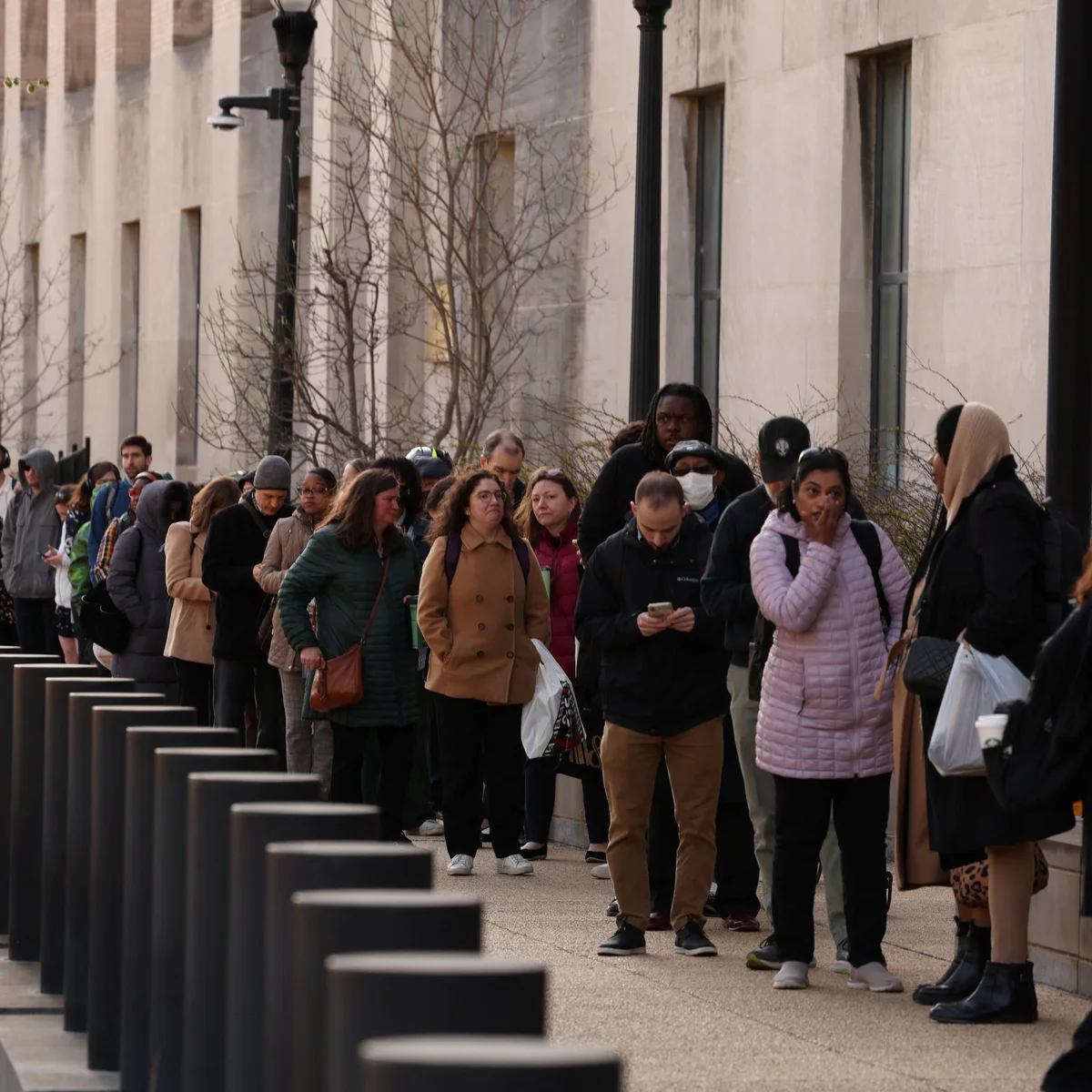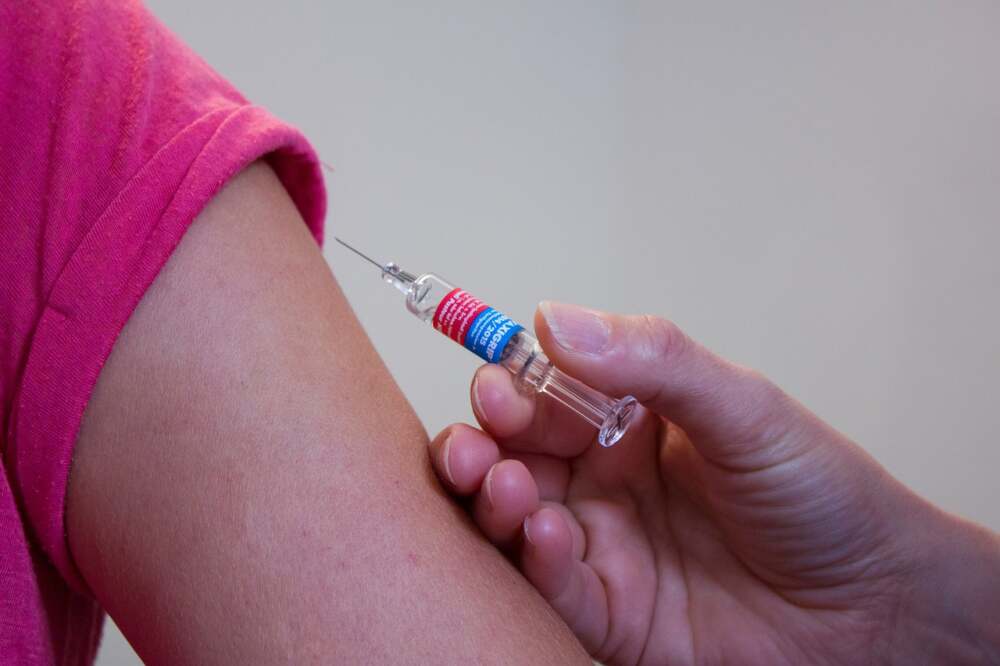As fall sets in across the United States, public health officials are once again urging Americans to prepare for a season of respiratory illnesses. But this year, the message around COVID-19 vaccination has changed — and not everyone is pleased about it. The Centers for Disease Control and Prevention (CDC) has quietly altered its vaccine recommendations, moving from a broad national endorsement of COVID shots for nearly all Americans to a “shared clinical decision-making” model.
While this may sound like a small bureaucratic change, the consequences could be far-reaching. The shift places greater responsibility on individual patients and their healthcare providers to decide whether vaccination is appropriate, a move that may reduce uptake and increase disparities in who gets protected this fall.
A New Phase in Pandemic Policy
For most of the pandemic, the CDC maintained a clear position: nearly everyone over six months old should receive the COVID-19 vaccine or booster each season. This guidance helped streamline distribution, insurance coverage, and public health messaging. Pharmacies and clinics knew who to target, and individuals didn’t have to question their eligibility.
Now, the CDC’s language is notably softer. Instead of saying that the general population “should” receive the updated shot, the agency now advises that vaccination may be considered for some people, depending on their personal health risks and consultation with a healthcare provider.
In essence, the CDC is signaling that the COVID shot is no longer a universal recommendation but rather an optional preventive measure, similar to certain adult vaccines like shingles or hepatitis B.
Why the Change Happened
According to CDC officials and independent health experts, the new policy reflects a broader shift toward integrating COVID management into standard medical care. The emergency pandemic era is over, and vaccines are now treated like routine preventive medicine rather than crisis interventions.
However, critics say this transition comes too soon. COVID-19 remains a leading cause of death among older adults and those with underlying conditions. Moreover, immunity from prior vaccinations or infections wanes over time, meaning even healthy adults can face risk as the virus continues to mutate.
Public health advocates warn that loosening the guidance could unintentionally depress vaccination rates, particularly among younger adults and minority populations who already face barriers to healthcare access.
Growing Barriers to Getting the Shot
The change in CDC policy also complicates vaccine logistics. Under the “shared decision-making” model:
- Pharmacies may require prescriptions. Some states are interpreting the new CDC language as eliminating blanket authorization for pharmacists to administer the COVID shot. That means individuals may now need a doctor’s prescription, especially if they’re not considered high-risk.
- Insurance coverage could become murky. Insurers typically cover vaccines strongly recommended by the CDC. If a shot is only “optional,” coverage disputes could arise — leaving patients unsure whether they’ll face out-of-pocket costs.
- Pharmacies may stock fewer doses. If demand drops or regulations tighten, some pharmacies and local clinics could limit supply, making it harder for people to find convenient locations.
- Low public awareness. The subtle shift in language hasn’t been well-communicated to the public. Many people might assume that if the CDC isn’t explicitly urging vaccination, the shot is unnecessary.
These factors together could create a patchwork of accessibility — easy in some states, difficult in others.
Who Still Needs the COVID Vaccine the Most
Despite the shift, certain groups remain at high risk and are still strongly encouraged to receive the vaccine:
- Adults aged 65 and older, who face the highest hospitalization and mortality rates.
- People with chronic medical conditions, including diabetes, heart disease, and respiratory illnesses.
- Individuals with weakened immune systems, whether due to illness or medication.
- Healthcare workers and caregivers, who face repeated exposure to the virus.
Pregnant women, once among the CDC’s clearly recommended groups, now fall under shared decision-making as well. This has sparked concern among obstetricians, who warn that expectant mothers remain at elevated risk of complications from COVID-19.
Doctors Caught in the Middle
Clinicians now play a more central role in determining who gets vaccinated — but many are struggling with inconsistent guidance. Some doctors welcome the flexibility, saying it allows for more individualized care. Others argue that it puts them in a difficult position, forcing them to weigh patient autonomy against broader public health goals.
Dr. Leana Wen, a public health expert, notes that while empowering patient choice is important, the reality is that most people don’t initiate vaccine conversations on their own. “When you remove a strong recommendation, you remove the nudge that prompts preventive action,” she explains.
Potential for Lower Vaccination Rates
Early reports from pharmacies suggest that appointment requests for the fall booster are lower than last year’s. Public health experts fear this could worsen as winter approaches, with fewer people getting vaccinated and community immunity dropping as a result.
If the trend continues, it could mirror the challenges seen with annual flu shots, where coverage remains well below optimal levels, particularly among younger adults and rural populations.
The danger isn’t only about individual infection risk — it’s about strain on the healthcare system. Hospitals are already bracing for the triple threat of flu, RSV, and COVID-19 this winter. Lower vaccination rates could mean more emergency room visits and hospitalizations, especially among seniors and those with multiple health conditions.
How Individuals Can Prepare
Even as national guidance shifts, individuals can still take proactive steps to protect themselves:
- Talk to your doctor early. Ask about your eligibility and whether your insurance covers the latest booster.
- Call local pharmacies ahead of time. Some may require appointments or prescriptions under new rules.
- Get vaccinated before winter peaks. It takes a couple of weeks for the body to build protection, so acting early is key.
- Stay up to date on local health alerts. Some areas may issue stronger regional recommendations based on viral trends.
Looking Ahead: A Test for Public Health Messaging
The CDC’s new framework signals a broader philosophical shift in how the U.S. approaches public health: less top-down guidance, more individual decision-making. While this may reflect a maturing response to COVID’s endemic status, it also highlights how fragile the nation’s vaccine confidence remains.
Critics argue that the government is effectively stepping back at a time when consistent messaging is still needed. Others see it as a necessary evolution — one that trusts Americans to make informed choices about their own health.
Either way, the change marks the start of a new chapter in pandemic management — one where access, communication, and equity will determine whether vaccination continues to serve as a cornerstone of protection or fades into an afterthought.
















Leave a Reply